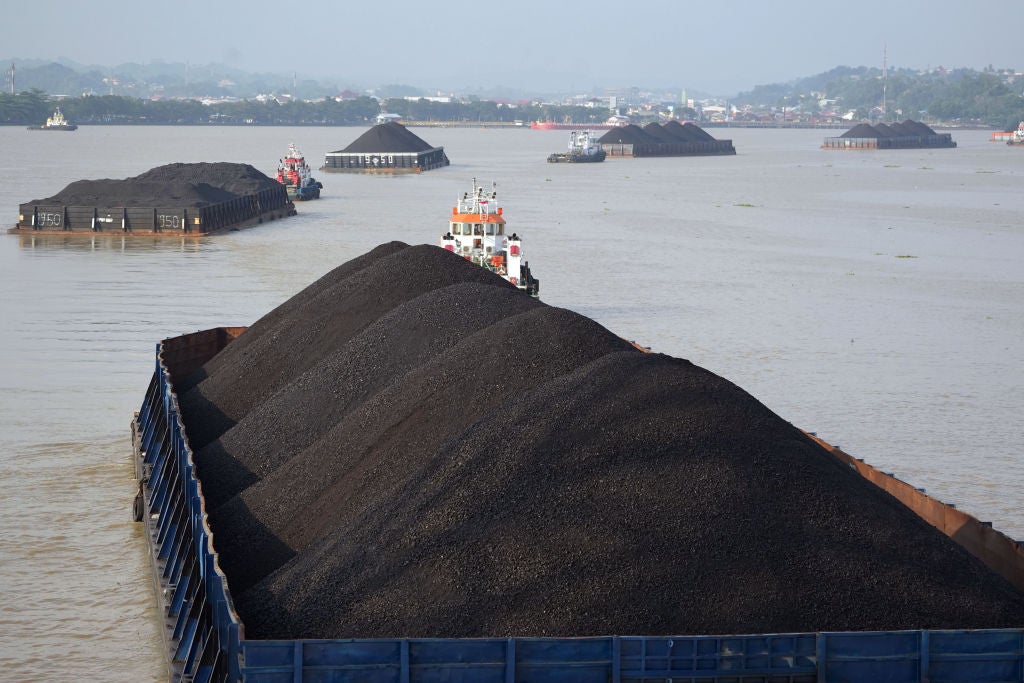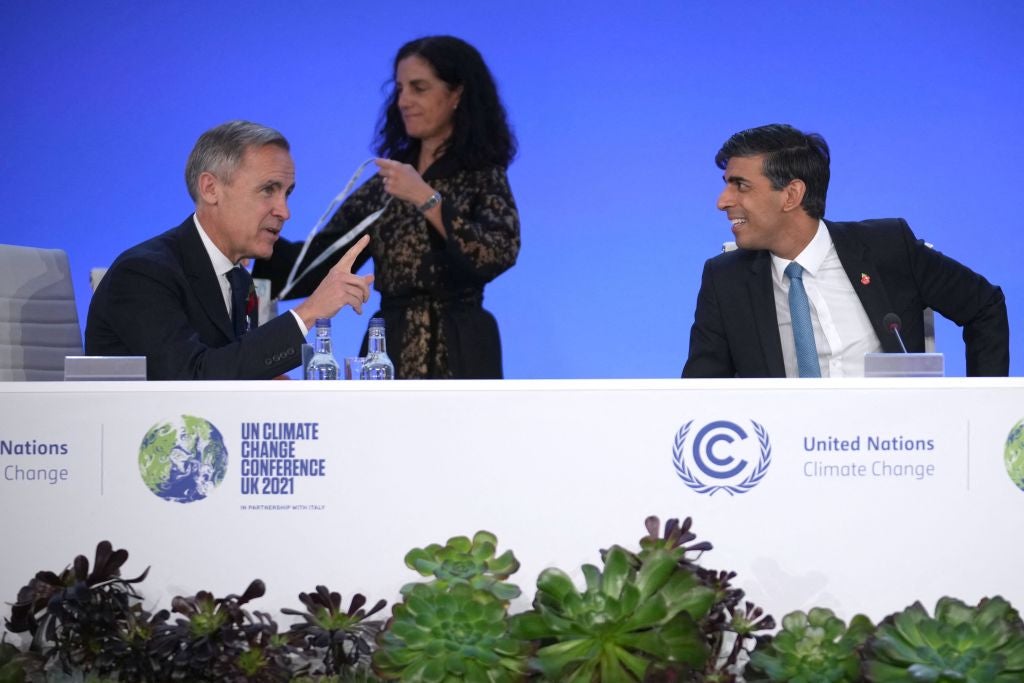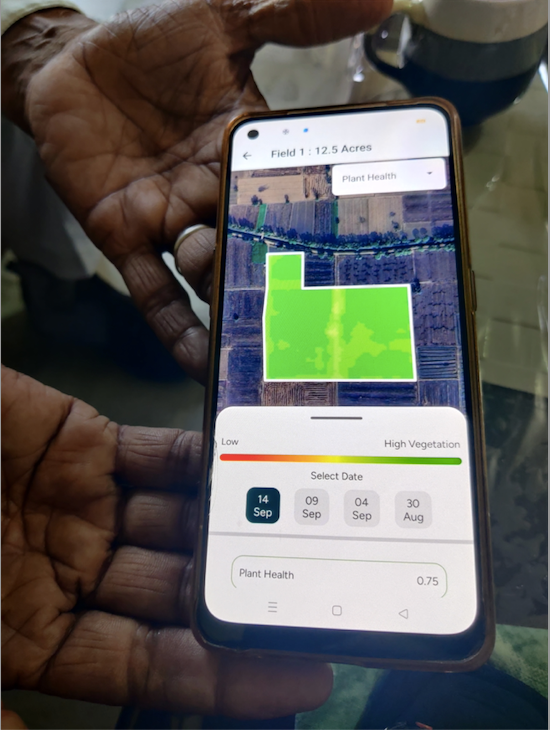At the end of 2021, it seemed that coal was on its way out. The previous year, China's leader Xi Jinping had pledged that the country would become carbon neutral by 2060, prompting a new era of reduced coal power approvals by local governments. A year later, at the UN General Assembly, Xi told world leaders that China would stop building coal power plants abroad, and instead focus on supporting low-carbon energy.
At the COP26 climate conference in Glasgow, more than 40 countries – including major coal users like Poland, Vietnam and Chile – committed to shift away from coal. “The end of coal is in sight,” said COP26 president Alok Sharma.
However, coal is still here. Many European countries announced plans to burn more coal in response to Vladimir Putin’s gas export cuts following Russia’s invasion of Ukraine. Globally, more coal than ever was burnt last year, reported the International Energy Agency this summer. The past two years have also seen a massive coal plant-building boom in China, with new coal plants in 2023 being approved at a rate of two plants every week.
The latest data from Global Energy Monitor (GEM), a think tank, shows that two-thirds of coal capacity currently under construction is in China (136GW), followed by India (32GW) and Indonesia (14GW).
GEM’s data also shows how 'captive' power plants are a major driver of new coal plants worldwide. Captive coal plants are power plants that operate off-grid to solely power particular industrial facilities. These facilities are normally for energy-intensive industries looking for cheap, reliable energy, such as aluminum smelters, steel plants and chemical plants.
”Captive power plants play an important role in developing economies, as they enable electricity supply in industrial areas where access to the power grid is limited or unreliable,” explains Lauri Myllyvirta, lead analyst of the Centre for Research on Energy and Clean Air (CREA), another think tank. “These plants can be dedicated to a specific industry facility or a cluster of facilities in an industrial park.”
China has been trying to limit the building of captive coal power plants domestically, because they can be an obstacle to the effective functioning of the electricity system, says Myllyvirta. In 2018, the government announced plans to take captive plants away from big industries, citing problems including the failure of captive plants to meet the latest efficiency and emission standards, as well as the fact that they do not pay the usual government fees that a public coal plant operated by a power generation company must pay.
However, outside of China, captive plants remain a major driver of the diminishing volume of coal plants being approved. GEM data shows that 24% of coal plants currently under construction outside of China are captive power plants.
Much of this growth is due to one country: Indonesia, which has been seeking to develop its downstream metal industry by banning the export of unrefined metal ores. This has prompted the development of a flurry of new aluminium and nickel smelters, which are usually powered by captive coal plants.
There are 30 captive coal units currently under construction in Indonesia versus 23 grid-connected coal units, according to GEM. More captive coal capacity is planned in the country than currently exists (11.8GW versus 9.4GW).
All of this comes despite the fact that Indonesia has pledged to reach net zero by 2060, a target that will require a massive wind-down of coal capacity.
A report from CREA published in September looking into Indonesia’s coal sector points out that 25% of operating coal capacity in Indonesia is for captive use. Captive coal capacity is also not included in the plan for Indonesia's Just Energy Transition Partnership, a financial agreement with wealthy nations to accelerate the retirement of coal plants.
CREA’s report also finds that coal capacity additions have been outpacing renewables additions in Indonesia, despite the country’s stated goal of peaking emissions by 2030 through the acceleration of renewable energy deployment.














